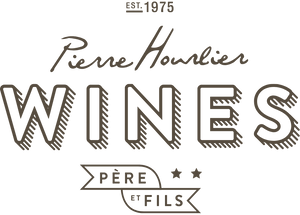The New Winemaking Region: Occitanie

Domaine Sicard, Minervois, Languedoc
Since January 2016 the Languedoc and Roussillon wine regions have been grouped together for administrative reasons, being a part of the newest region, Occitanie. With over 750,000 acres of vineyards, this region is famous for the diversity and creativity which is reflected in their wines. Occitanie refers to the historical name of the broader region, with 'Oc' meaning 'yes'. The new Occitanie also covers the County of Foix and Haute-Guyenne areas, including Gaillac, Marcillac, Cahors and others.

History
The Languedoc wine region is an area stretching from Nimes in the north to Perpignan in the south and all along the Mediterranean Sea. Languedoc wine was neglected for a long time, but within the last decade it has emerged as an area full of potential. Most Languedoc wine producers tend to be small, independent and passionate in the art of winemaking.
The Roussillon wine region stretches from South of Port Vendres, virtually in Spain, to some 30 miles north of Perpignan. It is the warmest of France's wine regions and for a long time was considered as the maker of fortified dessert wines and very little else. The Roussillon wine area benefits from such heat due to the surrounding Pyrenees mountains that act as an amphitheatre to trap warm and create its own mesoclimate.
The Occitanie flag includes the traditional Languedoc cross and the traditional stripes off the Roussillon flag, showing the combination and harmony of the region combining.

Domaine Gurery, Minervois, Languedoc
What Will Change?
The main advantages of Occitanie being formed includes an economic increase through focusing on investments and development to help with areas such as tourism. Through investments from the regions council, the wine trade is being affected through encouraging more organic winemaking. Currently approximately 250 vineyards in Occitane are registered as vegan, but the region are trying to encourage more winemakers to change. The agricultural budget in 2017 increased by over 25%, allowing new innovations and better farming, including the harvesting of grapes.
Throughout Occitanie many French Heritage sites and monuments are located, allowing the tourism in this new region to increase through combining many exceptional areas. From mountains to beach, with many features, such as Pont du Gard in the City of Carcassonne, allowing tourism to be shared all year round. Tourism may increase in the future, as investments in winemaking increase, and as more money is invested into the region as a whole.
Being a very attractive place to live, Occitanie is becoming one of France's most populated regions, with over 5 million people living there. A major change that has been gradually happening, is the increase in population in these areas of France. The difference with this now all being one region, is that it is all under one council and could help increase the funding and investments in these areas.

